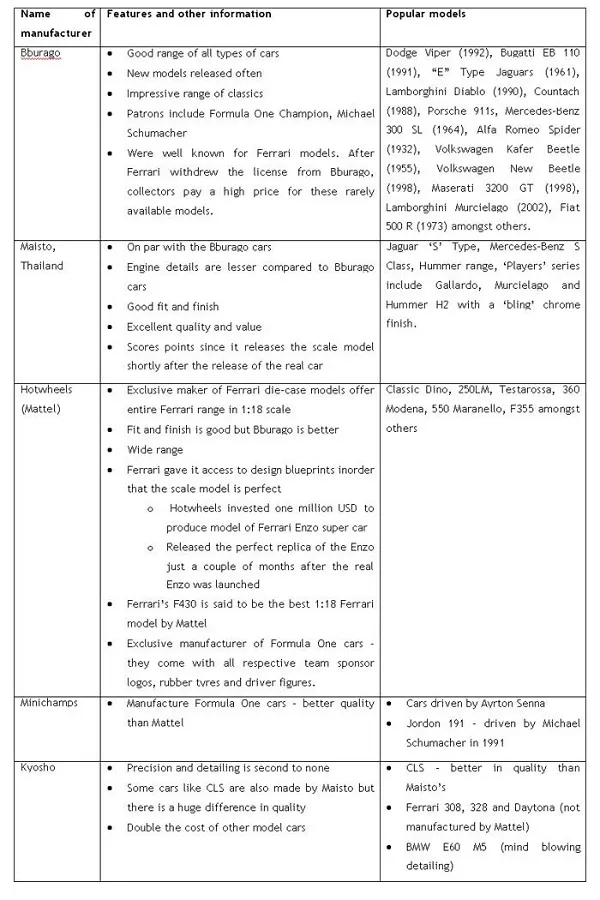Diecast Scale Size Overview
Diecast models, miniature replicas of vehicles, captivate enthusiasts with their detail and craftsmanship. A fundamental aspect of these models is scale size. Understanding diecast scale is crucial for collectors and hobbyists, influencing everything from display space to the overall aesthetic. This comprehensive guide unveils the secrets behind diecast scale size, helping you navigate the world of miniature vehicles and make informed decisions. We’ll explore common scales, the impact of scale on realism, and practical tips for collecting, displaying, and maintaining your diecast models, giving you a better understanding of how these miniature marvels are measured and appreciated.
What is Diecast Scale
Diecast scale refers to the ratio between the size of the model and the size of the actual vehicle it represents. It’s a standardized system that allows manufacturers to create consistent and comparable models. This ratio is expressed as a fraction or a proportion, such as 1 18, meaning that the model is 1/18th the size of the real-life vehicle. The scale determines the level of detail, the overall size of the model, and the amount of space required for display. Different scales cater to different preferences and collecting styles, each offering a unique balance of detail, size, and cost. Understanding diecast scale is essential for collectors as it directly impacts the collectability, display options, and overall appeal of the models.
Common Diecast Scales

Several scales dominate the diecast world, each with its own characteristics and popularity. These scales offer collectors a diverse range of choices, from large, highly detailed models to smaller, more affordable options. The choice of scale often depends on individual preferences, display space, and the type of vehicles collected. Here’s a breakdown of some of the most prevalent diecast scales, exploring their unique features and the collectors they attract.
1 18 Scale
1 18 scale is a popular choice, offering a great balance between size and detail. These models are typically around 10-12 inches long, providing ample space for intricate features and accurate detailing. 1 18 scale models are ideal for collectors who want to showcase detailed replicas. They often include features like opening doors, hoods, and trunks, along with detailed engine compartments and interiors. Due to their size and complexity, 1 18 scale models tend to be more expensive but offer a premium collecting experience. Many collectors prefer this scale for its ability to highlight the craftsmanship and realism of the model.
1 24 Scale
1 24 scale models are slightly smaller than 1 18 scale but still offer a good level of detail. These models are usually around 7-9 inches in length and are a good compromise between size and affordability. 1 24 scale is a versatile choice, suitable for a wide range of vehicles. These models often feature opening parts, detailed interiors, and realistic paint finishes. They are popular among collectors who appreciate a balance of detail and cost-effectiveness. This scale is an excellent option for those looking to build a diverse collection without requiring excessive display space.
1 43 Scale

1 43 scale is a widely collected scale, known for its affordability and variety. These models are typically around 4-5 inches long, making them ideal for collectors with limited space. 1 43 scale models are popular for representing a broad range of vehicles. While the level of detail may be slightly less than in larger scales, they still capture the essence of the original vehicles. 1 43 scale is a great option for starting a collection, as it offers a wide selection of models at various price points. Collectors often use this scale to build extensive and diverse collections.
1 64 Scale
1 64 scale models are compact and highly affordable, making them perfect for casual collectors and those with limited display space. These models are usually around 2-3 inches long and are easy to store and display. 1 64 scale is especially popular for toy cars and mainstream vehicles. Despite their smaller size, these models often feature surprising detail, particularly in recent years. This scale is ideal for building large and diverse collections without significant financial investment, and it allows collectors to acquire a wide range of vehicles quickly.
7 Secrets of Diecast Scale Size
Scale and Realism

Scale significantly impacts the realism of a diecast model. Larger scales, such as 1 18, allow for more intricate detailing and a higher degree of accuracy. Features like detailed engine compartments, realistic interiors, and accurately replicated paint finishes are more easily achieved in larger scales. The larger the scale, the more opportunities there are for manufacturers to incorporate intricate details that bring the model closer to its real-life counterpart. While smaller scales offer convenience, the level of detail is often reduced to accommodate the size constraints. Realism, therefore, is a key factor influencing collectors’ preferences for specific scales.
The Importance of Proportions
Accurate proportions are fundamental to the appeal of a diecast model. The scale size dictates the relationships between different parts of the model, ensuring that all elements are in the correct relative sizes. Even a slight deviation in proportions can make a model look inaccurate or visually unappealing. Maintaining correct proportions requires careful planning and execution by manufacturers, from the overall dimensions of the vehicle to the size of individual components. The ability to capture the essence of a vehicle depends on the correct application of scale, making proportions one of the most critical aspects of a diecast model’s design.
Material and Scale Impact
The choice of materials can influence how a scale model is perceived. Diecast metal is common for its durability and ability to capture fine details. However, the scale size can affect the materials used. Larger scales might incorporate more metal and intricate plastic parts, while smaller scales might rely more on plastic due to cost and manufacturing constraints. The combination of materials affects the overall weight, feel, and durability of the model. The choice of materials can also affect the final appearance of the model, impacting the look and how it feels in the hand. Collectors often consider the materials used when evaluating a diecast model’s quality and value.
Collecting by Scale vs Subject

Collectors often organize their collections based on either scale or subject. Collecting by scale means focusing on models of a specific size, allowing for consistency in display and a focused collecting strategy. This approach is practical for collectors with limited space or a preference for models that fit neatly together. Conversely, collecting by subject involves choosing vehicles based on their type, brand, or era. This approach can be more flexible, allowing collectors to acquire a diverse range of models across different scales. The choice between these approaches depends on individual preferences, space limitations, and the collector’s overall goals.
Displaying Diecast Models
Displaying diecast models is a key part of the collecting experience, allowing enthusiasts to showcase their prized possessions. The display method can vary depending on the scale, number of models, and available space. Display cases offer excellent protection from dust and damage, making them a popular choice. Open shelves and dedicated display areas can be used to create visually appealing arrangements. Lighting is also important; strategic lighting can highlight the details of the models and enhance their visual appeal. The display design should complement the models, creating an environment that protects them and shows them off effectively.
Storage of Diecast Models
Proper storage is critical to protecting diecast models from damage and preserving their value. Models should be stored in a cool, dry environment away from direct sunlight, which can cause paint to fade. Individual models can be stored in their original boxes or protective cases to prevent dust accumulation and accidental damage. For large collections, storage boxes or drawers can be used, ensuring models are organized and easily accessible. Careful handling and storage can significantly extend the lifespan and protect the beauty of a diecast model collection.
Maintaining Your Collection

Maintaining a diecast model collection involves regular care and attention. Dusting models regularly with a soft brush or cloth is important to prevent dust accumulation. Avoid using harsh chemicals or abrasive cleaners, which can damage the paint and details. Inspect models periodically for any signs of damage or wear. Minor issues can often be addressed with careful cleaning or repair. By following these maintenance tips, collectors can ensure their models remain in excellent condition for years to come, preserving their value and enjoyment.
Diecast scale size is a fascinating aspect of collecting diecast models. From the detailed precision of larger scales like 1 18 to the compact convenience of smaller scales, each option offers a unique collecting experience. By understanding the factors that influence scale, collectors can enhance their appreciation for these miniature marvels. Whether you are a seasoned collector or new to the hobby, a good understanding of diecast scale can greatly improve your enjoyment and expand your knowledge.
